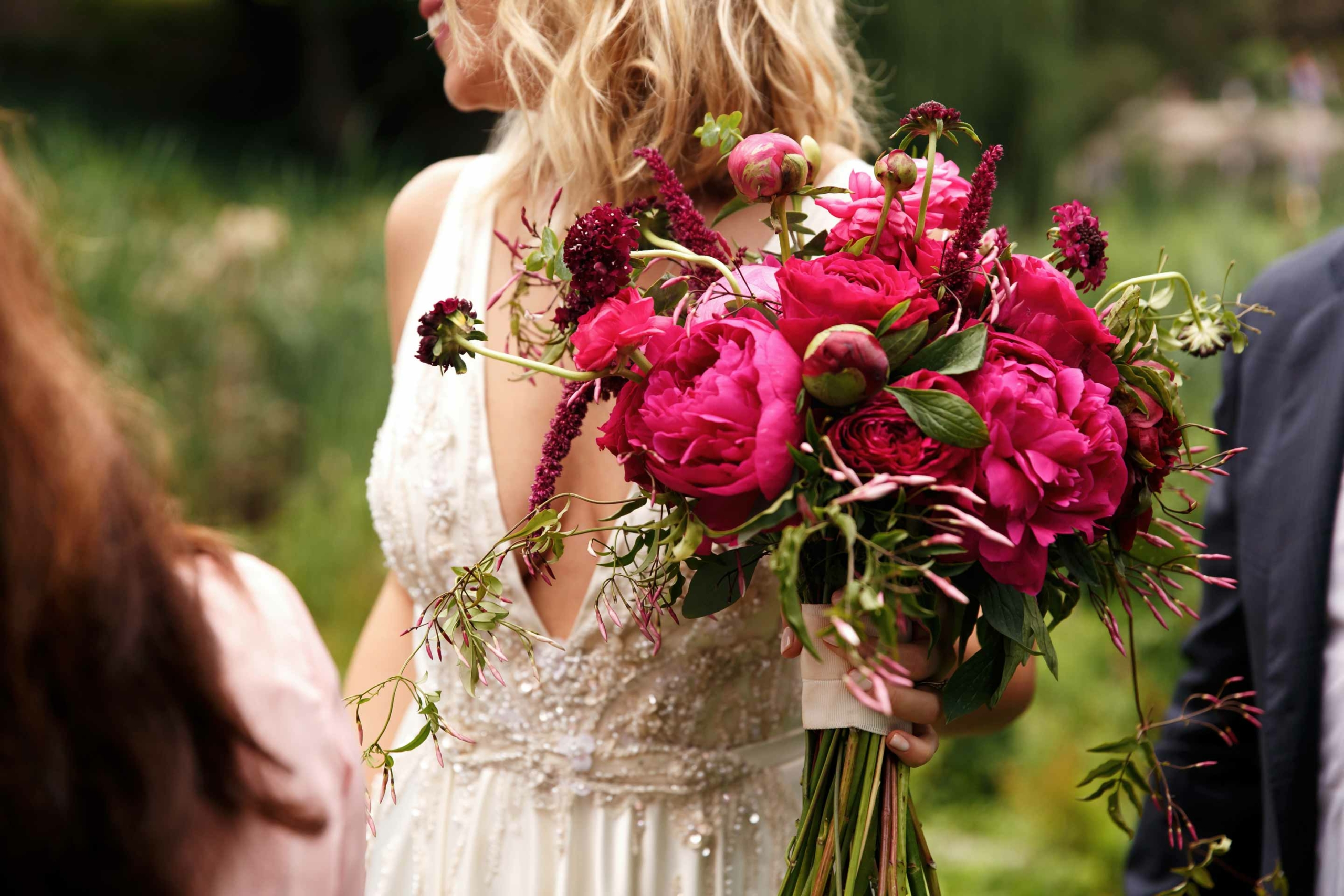Who Pays for What?
[+main article image+]
The Bride:
- Groom’s wedding ring
- Gifts for the groom and bridal attendants.
The Groom:
- The bride’s engagement and wedding ring.
- A wedding gift for the bride.
- Gifts for the best man and groomsmen.
- Suit hire for himself
- Bride’s & bridesmaid’s bouquets, the corsages & boutonnieres.
- Celebrant & ceremony fees
- The honeymoon
The Bride’s Family:
- Engagement party
- Newspaper announcement
- The Reception
- Bridal Gown & accessories
- A wedding gift for the bride and groom.
- Wedding invitations
- Ceremony & Reception flowers
- Wedding Photographer
- Wedding cake
The Groom’s Family:
- Wedding gift for the bride and groom.
- Any general expenses they may wish to contribute.
The Attendants:
- Wedding gift for bride and groom.
- Hens night given by maid of honour or bridesmaids.
- Bucks night given by best man or groomsmen.
The Bride and Groom:
- Gifts of appreciation for parents or others who helped with your wedding.







